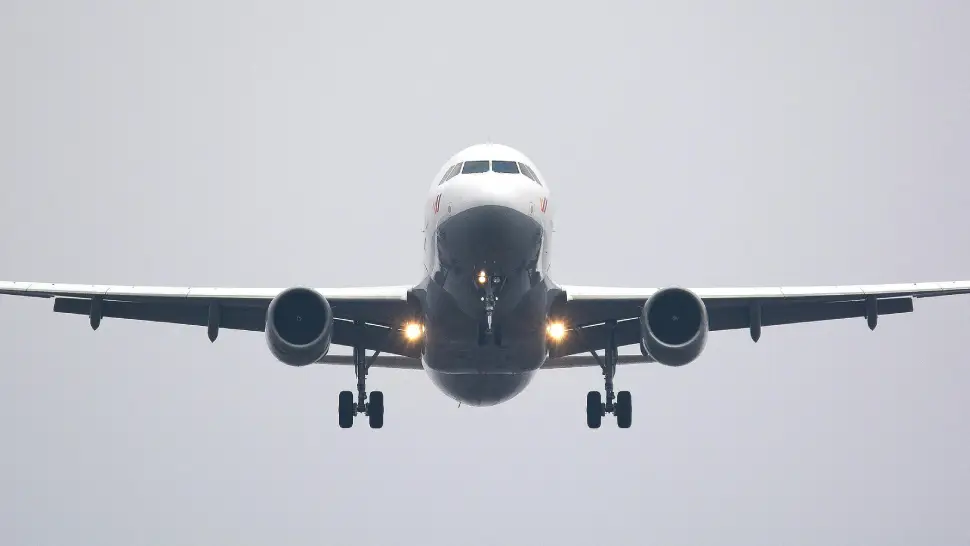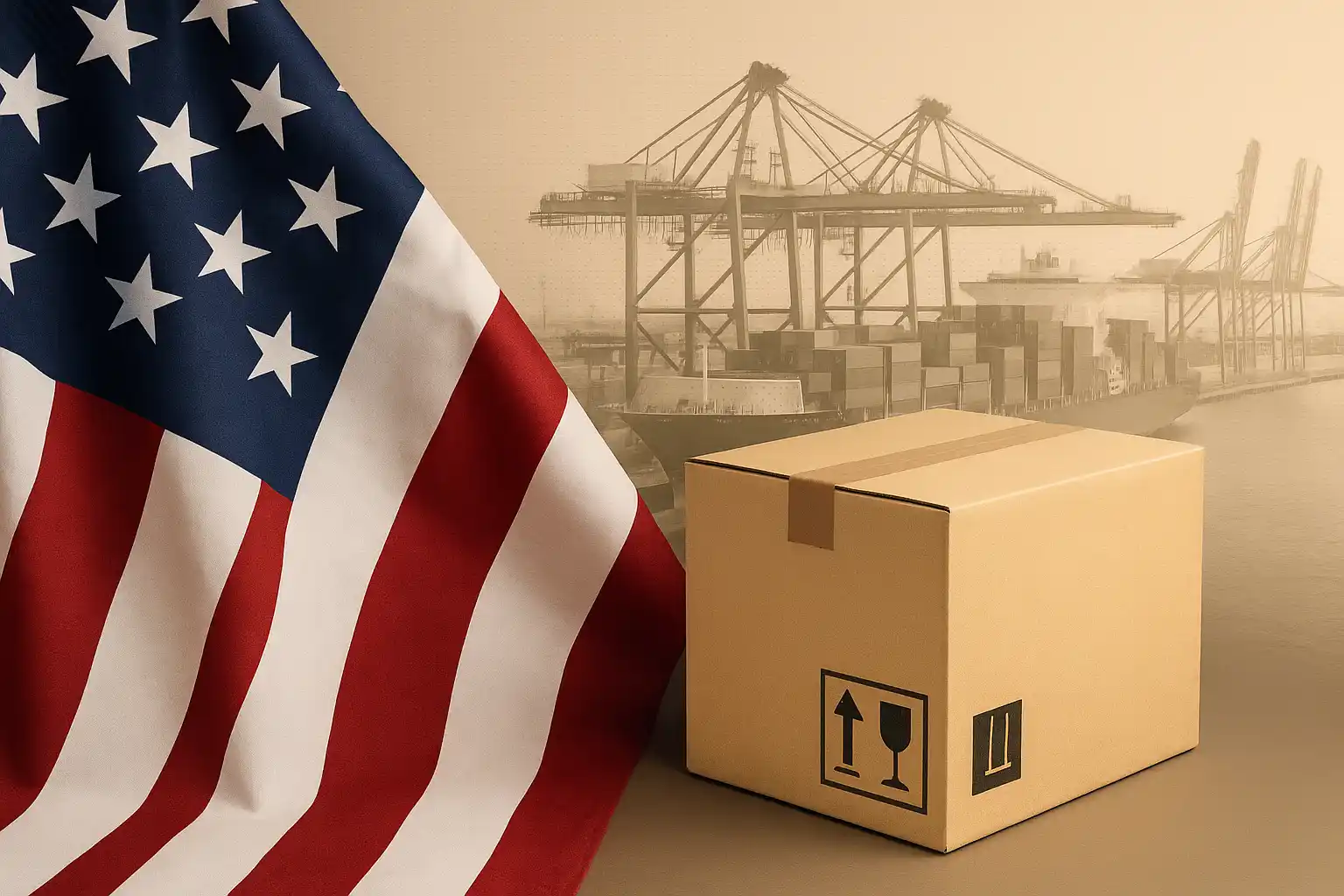Once you have narrowed down the products in your inventory and finished striking up a deal with the supplier, sending them to the fulfillment center is the next stage. Based on your chosen package, the fulfillment center processes your order and ships them to the respective customer. The entire process becomes simple, and you don't have to touch or see the inventory to run your business.
So let's talk about how you can cost-effectively send your inventory to Amazon FBA.
Step 1: Finding your listing
As the title suggests, the first step involves finding your business listing from the pool of other inventory/products you have been using the Amazon Fulfilment center for. To do this, go to Amazon Seller Central, and find the “Inventory†option once you log into your account. Click on it, and from the dropdown, choose “Manage Inventory.â€
Scroll down to find the product listing you intend to send to the Amazon FBA.
Step 2: Editing the shipment option
The next step involves deciding the shipment process for that particular product. To do that, click on the “Edit†dropdown option that can be found on the rightmost side of your listing. From the dropdown, choose the “Send/Replenish Inventory†option.
Step 3: Entering the address
You must enter the From or the address where the item will be shipped to the Amazon warehouse. You can enter the supplier's contact info or your house or office. You might have probably entered this information while creating the product listing. If so, double-check and enter as many details as possible to ensure that the shipping process isn't delayed due to insufficient details or difficulty in finding the address.
Next, you must choose between “individual-packed†or “case-packed products.†With the Individual-packed option, you can ship products with multiple SKUs to the Amazon Warehouse in a single shipment. In case-packed products, you can choose how many items will be shipped and how many individual units will be accommodated in each case.
Step 4: Choose the number of cases
If you have chosen the case-packed option, you must also enter the units you intend to pack and how many cases will be needed to ship them securely from the supplier's warehouse to the Amazon warehouse.
Step 5: Choose the packaging method
Suppose your product gets damaged along the shipping route. In that case, you can request additional packaging that will be fulfilled by Amazon for an extra cost.
Amazon already has many categories for its inventory and chooses the option that best describes the product. As per the product, Amazon will suggest you the required packaging method.
You also have to choose the labeling method. You can either stick labels on each item yourself if it is to be sent to the warehouse from your office or home address or have them done by Amazon. If you want to stick it yourself, choose the self-apply option and print the barcodes on address slips.
Step 6: Selecting where to send the shipment to
Amazon has multiple warehouses, and in most cases, Amazon automatically chooses the Distributed Inventory Placement, wherein your shipment might be stored in various warehouses. But this could be frustrating when you have already prepped the goods for shipment.
If you want the item to be placed in one warehouse, then go to Settings, click on “Fulfilment by Amazon,†and choose “Inbound Settings.†Then go for “Inventory Placement Service.†Amazon considers this a special request, so you will be charged extra per unit for this service.
Step 7: Choose the shipment service
The last option asks you whether it is “small package delivery†or if you require “Less than Truckload†delivery. If you have cases of products, then Less than truckload is the ideal option, wherein you will have to enter additional information like the weight and dimension of each case.
Then choose a shipping career. You can either go with the Amazon preferred carrier, UPS or choose one service from the dropdown.

.webp)



